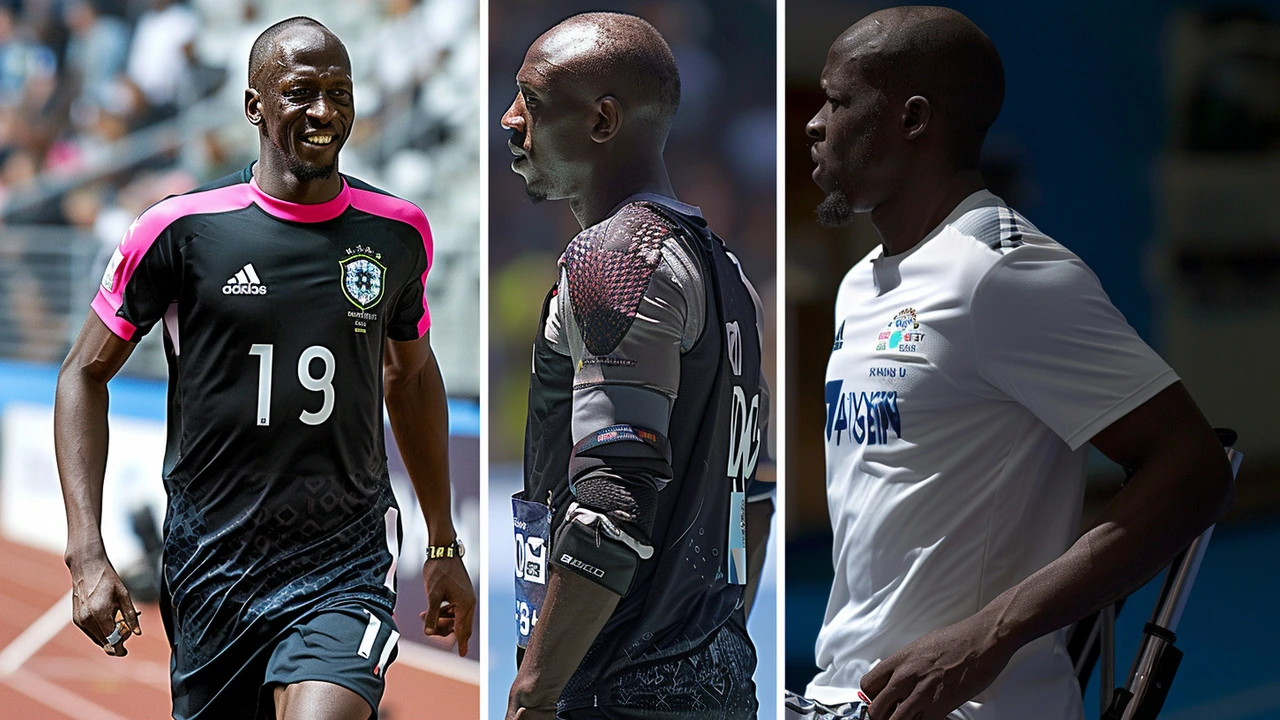Achilles tendon rupture
Hear a sudden pop behind your ankle, feel sharp pain, then struggle to push off? That’s how many people first notice an Achilles tendon rupture. It’s more common than you think—especially in weekend athletes—and quick action makes a real difference for how well you recover.
What it is and how it happens
The Achilles tendon links your calf muscles to your heel. A rupture means the tendon tears partly or completely. Common triggers include sudden sprinting, jumping, or an awkward step. Risk goes up with age, steroid use, some antibiotics (fluoroquinolones), poor conditioning, and tight calf muscles.
Typical signs are a loud pop, immediate pain, swelling, bruising, and trouble standing on tiptoe or pushing off with that foot. Sometimes pain fades fast, so people think it’s minor. Don’t assume that—if you can’t push your foot down, get it checked.
Triage: what to do right away
Stop activity. Sit or lie down and avoid putting weight on the foot. Ice the area for 15–20 minutes every hour to reduce swelling. Wrap the ankle lightly and keep it elevated. If the foot looks deformed or you can’t put any weight on it, go to emergency care or urgent clinic.
At the clinic, a doctor will examine you and may do a Thompson test (squeeze the calf to see if the foot moves) and order an ultrasound or MRI to confirm the tear and measure how far apart the tendon ends are.
Treatment falls into two paths: non-surgical or surgical. Non-surgical care uses casting or a boot with the foot pointed down for several weeks to let the tendon heal. Surgery repairs the tear directly and may lower re-rupture risk for active people. Both need a rehab plan—so surgery isn’t automatically better for everyone.
Expect a long recovery. Early weeks focus on protecting the tendon and gentle range-of-motion exercises. Between 6–12 weeks you’ll move to weight-bearing and strengthening. Return to high-impact sports often takes 6–12 months, depending on age, fitness, and how well you follow rehab.
Rehab and prevention tips that actually help
Do progressive calf strengthening, especially eccentric heel drops (slowly lowering the heel). Keep calf flexibility with regular stretching. Build fitness gradually—avoid sudden spikes in training load. Wear supportive shoes and replace worn-out footwear. If you’ve had tendon pain before, see a physio early; treating tendonitis can stop a rupture from happening.
If you have sudden ankle pain with a pop, or you can’t rise on your toes, don’t wait. Early diagnosis and a clear rehab plan give you the best shot at returning to normal activities. Ask your doctor about the pros and cons of surgery for your case and get a physiotherapist involved from week one.
Usain Bolt's Achilles Injury at Soccer Aid: A Setback to His Football Aspirations
Usain Bolt, legendary sprinter, suffered a ruptured Achilles tendon during Soccer Aid, a charity match for UNICEF. This severe injury could require surgery and put his budding football career on hold. Bolt’s transition from track to football faces a major challenge as he grapples with this significant setback.
